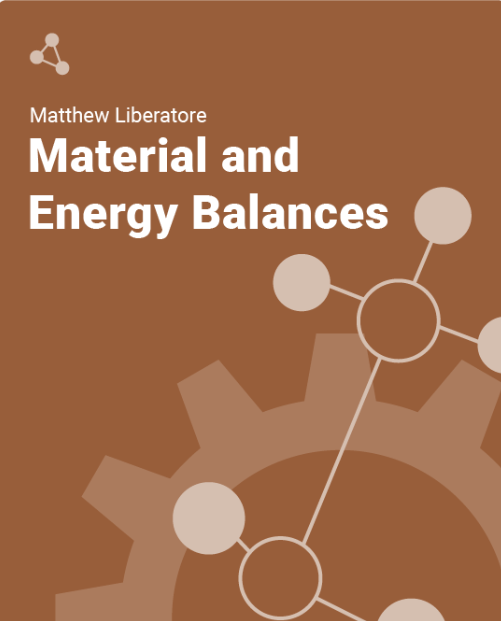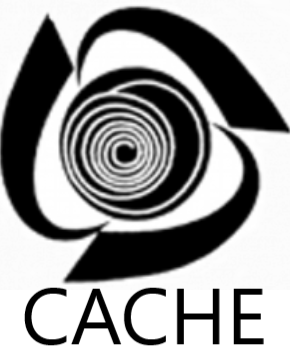
Material and Energy Balances
Matthew Liberatore
1 Quantities, Units, Calcs.
1.2 Significant figures
1.3 Units and conversions
1.4 Properties
1.5 Temperature and temperature calculations
1.6 Pressure
1.7 Concentrations and fractions
2 Material Balances
2.2 Problem solving: 12 steps
2.3 Step 1: Process flow diagrams
2.4 Step 2: Defining a basis
2.5 Step 3: Systems and system boundaries
2.6 Steps 4-6 Material balance equations
2.9 Steps 9-12: Solving equations and balances
2.10 Problem solving using all 12 steps for a multi-unit process
2.11 Recycle and bypass
3 Reacting Systems
3.1 Balancing a chemical reaction
3.2 Excess and limiting in chemical reactions
3.3 Fractional conversion
3.4 Extent of reaction
3.5 Yield and selectivity
3.6 Reaction equilibrium
3.7 Combustion reactions
3.11 Reacting system problems
4 Solids, Liquids, and Gases
4.1 Solid, liquid, and gas
4.2 Phase changes
4.3 Properties of Steam
4.4 Ideal gases and ideal gas mixtures
5 Multiphase Systems
5.1 Raoult's law
5.3 Bubble and dew point
5.4 Building two-component P-xy and T-xy diagrams
6 Energy Balances
6.1 Forms of Energy
6.2 First law of thermodynamics and the energy balance
6.3 Enthalpy and tabulated enthalpies
6.5 Heat capacity
7 Reaction + EB
7.1 Energy balances for reacting systems
7.2 Heat of reaction and Hess's law
7.3 Heat of formation method
7.4 Combustion reactions and the energy balance
8 Transient Systems
9 Spreadsheets
9.5 Trendlines
9.6 Solver and least squares fits
10 Appendix
Other
Other


